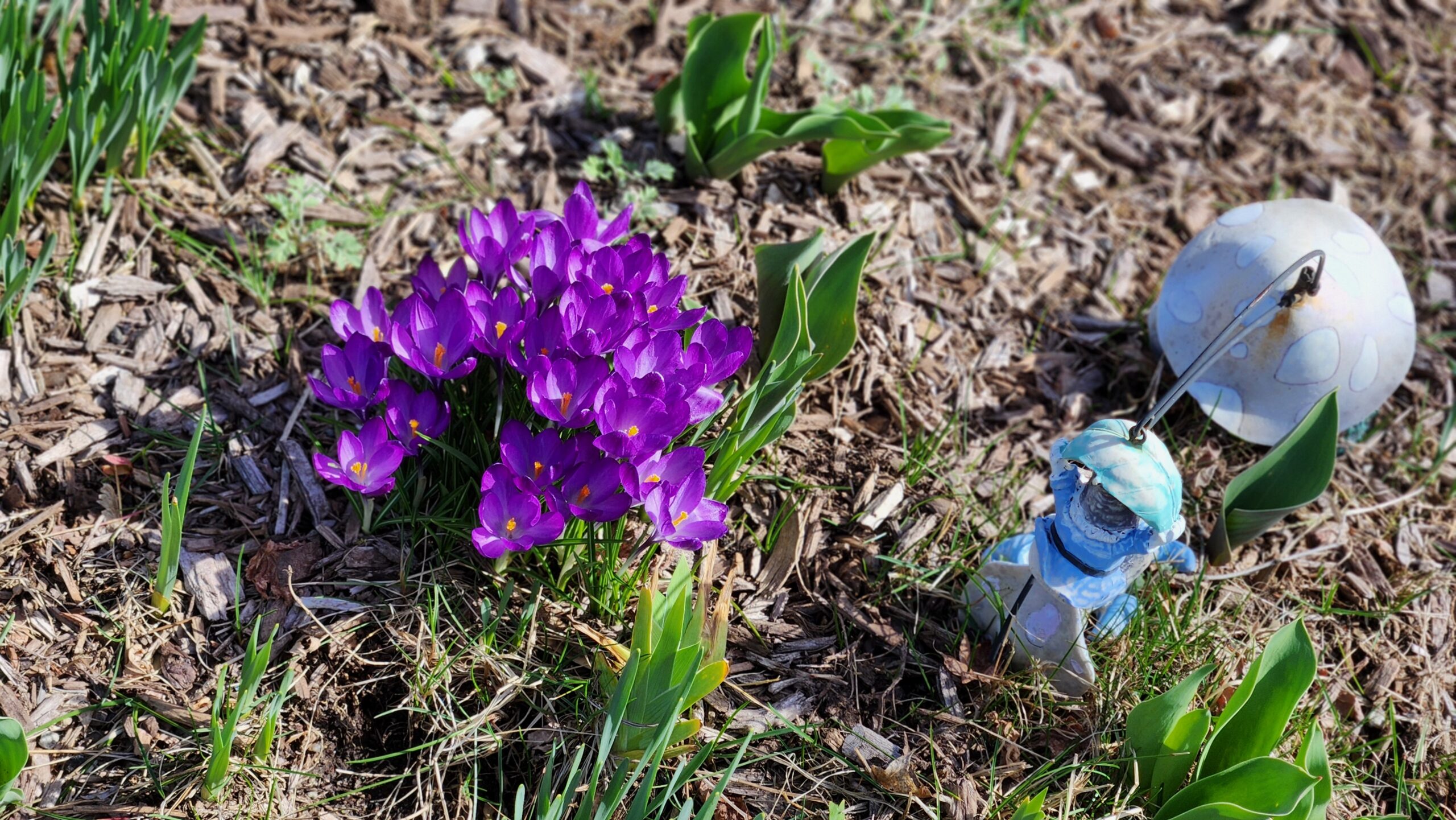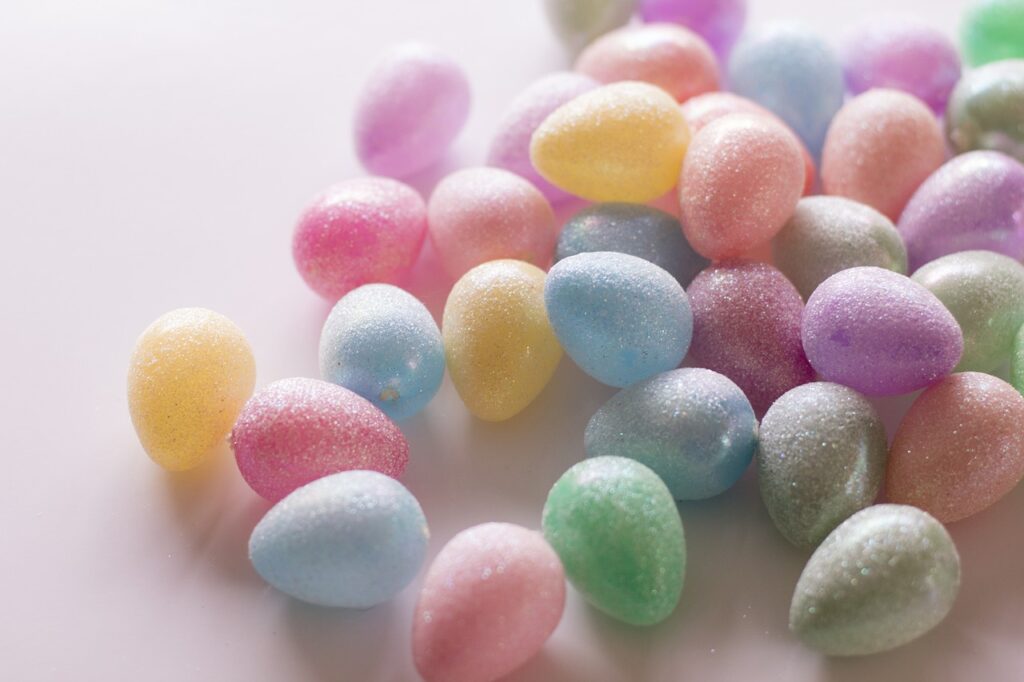
Spring is just around the corner, and what better way to celebrate than by coloring some eggs? They are so pretty! Egg coloring is a classic Easter tradition that’s fun for both kids and adults alike. Whether you’re a seasoned pro or a first-time egg-colorer, here are some tips and tricks to help you create beautifully colored eggs that are sure to impress.
Did you know..
Easter eggs have a long and rich history. In many cultures, eggs are a symbol of new life and rebirth, making them a natural fit for springtime celebrations like Easter. The ancient Persians, Greeks, and Romans all dyed and decorated eggs as part of their spring festivals.
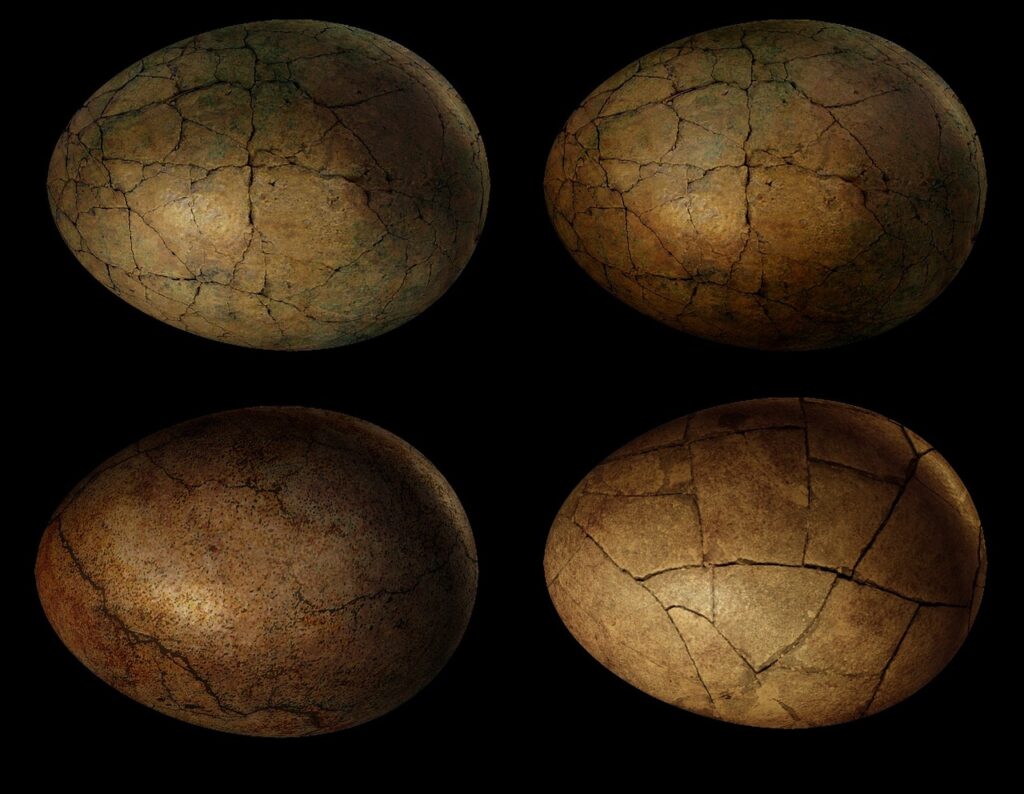
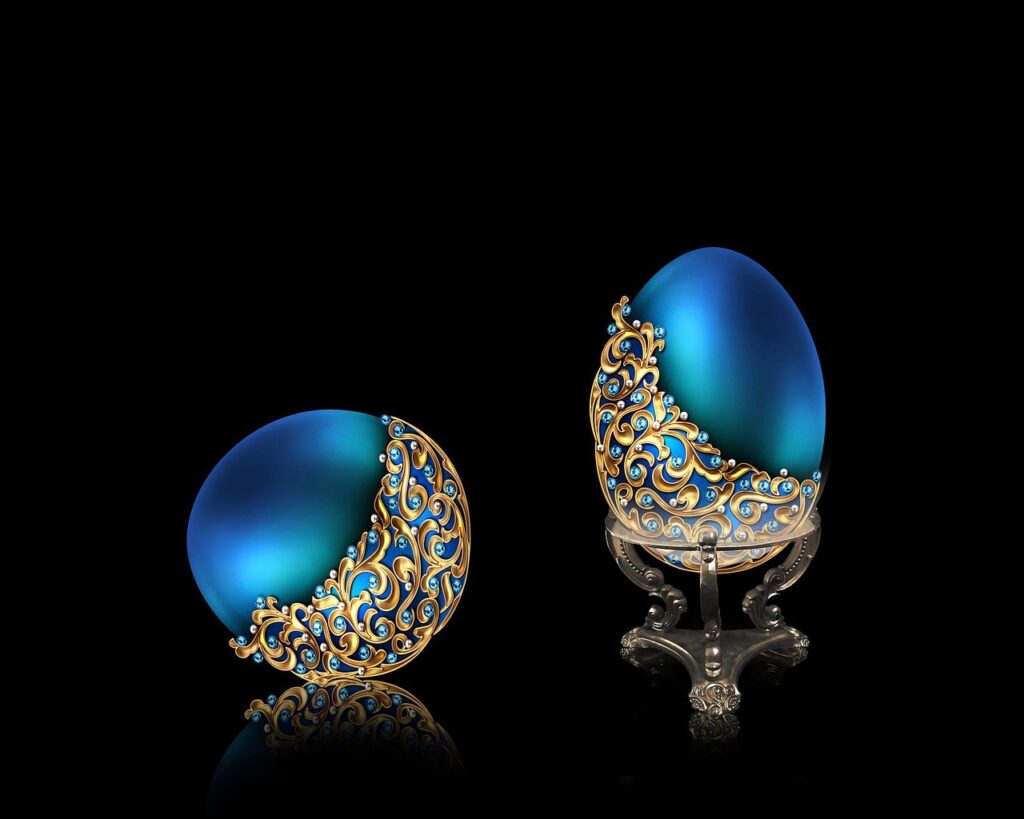
In Christianity, Easter eggs have come to symbolize the resurrection of Jesus Christ. The egg represents the tomb from which Christ rose, while the act of cracking the egg open symbolizes his emergence from the tomb.
In medieval Europe, eggs were often given as gifts at Easter time. In many parts of the world today, Easter egg hunts are a popular activity for children. Whether dyed, painted, or decorated with stickers and glitter, Easter eggs remain a beloved tradition around the globe.
Basic egg coloring
You need to buy eggs; they are expensive as of late, so it is up to you how many eggs you’d like to use in this activity. I got a dozen eggs which is enough for 2 little kids or even 2 adult kids to decorate. Also, I got cheap plastic eggs to fill and hide indoors or in the backyard, about 50 of them!
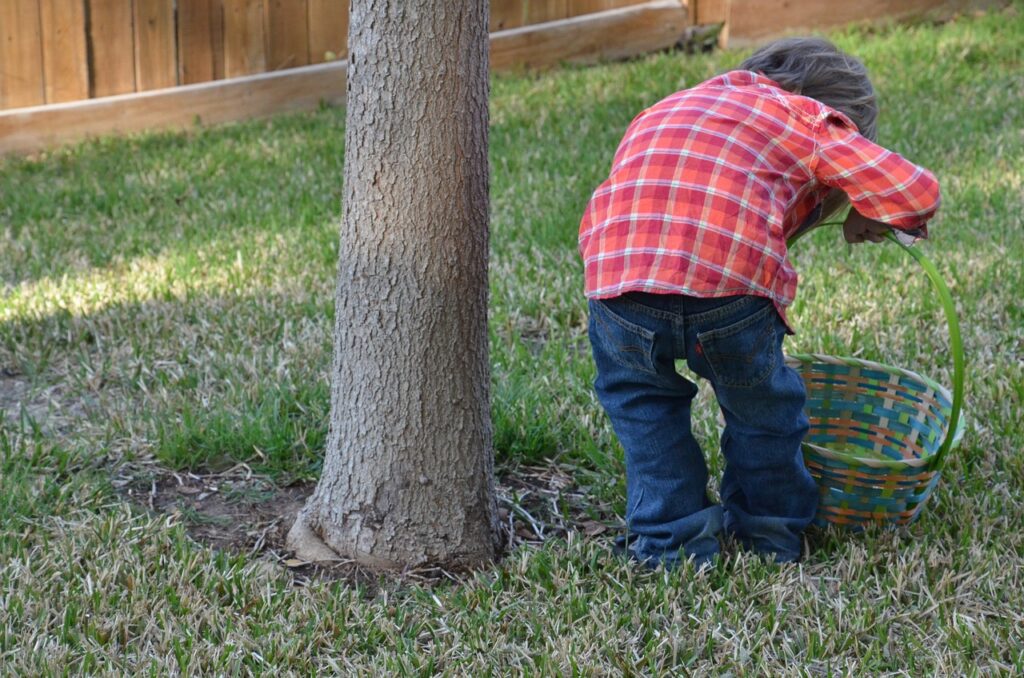
Here are the basic steps on how to color eggs:
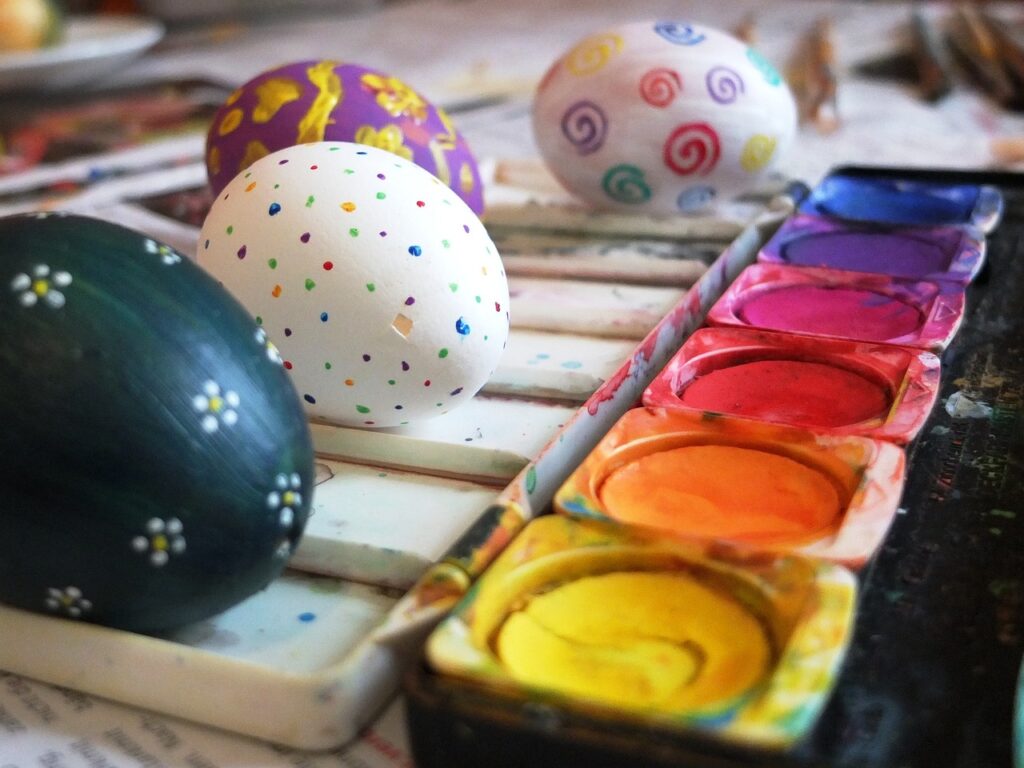
- Hard-boil the eggs and let them cool completely.
- Prepare a workspace by covering it with newspaper or paper towels to avoid making a mess.
- Mix food coloring with vinegar and hot water in small bowls or cups. Use about 1/2 cup of water, 1 tablespoon of vinegar, and 10 to 20 drops of food coloring for each color you want to create.
- Dip the eggs into the colored mixture using tongs or spoons, and let them soak for a few minutes until they reach your desired shade.
- Remove the eggs from the mixture and place them on a drying rack or paper towels to dry completely. You can use a pastry brush to add more color or patterns to the eggs, or use crayons or stickers to create designs.
- Once the eggs are completely dry, you can polish them with a little bit of vegetable oil to make them shine.
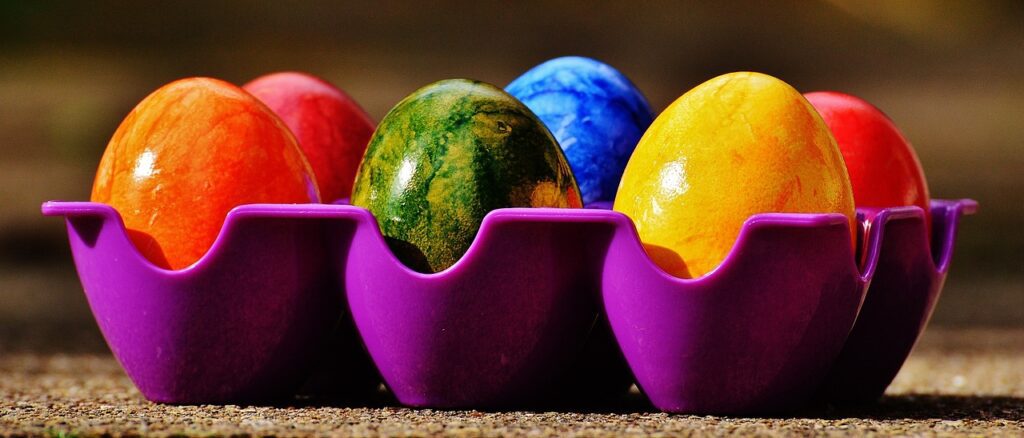
There are many other techniques for coloring eggs, such as using natural dyes from fruits, vegetables, or spices, or using wax resist to create intricate patterns. But these basic steps should give you a good starting point for coloring your own Easter eggs.
